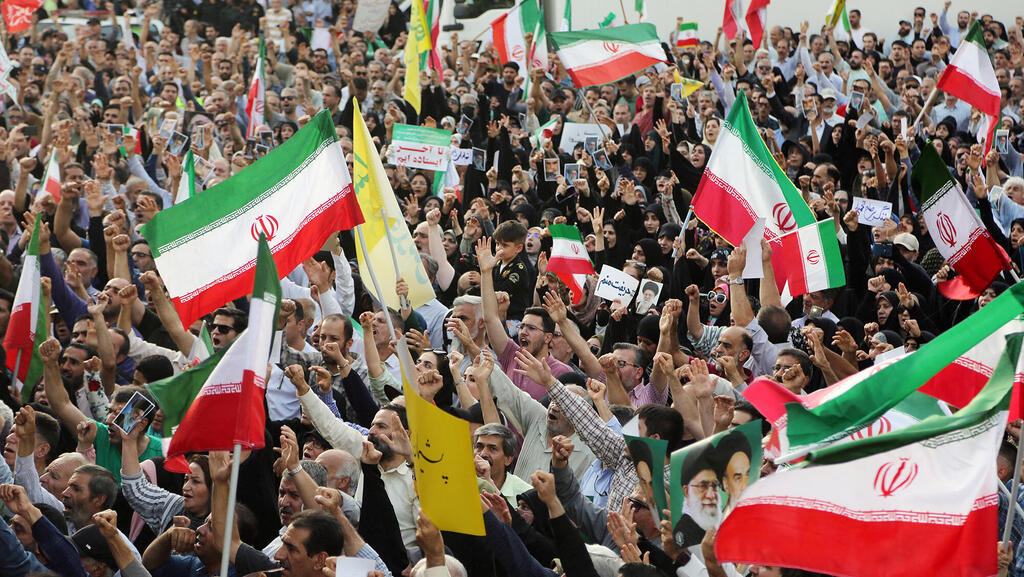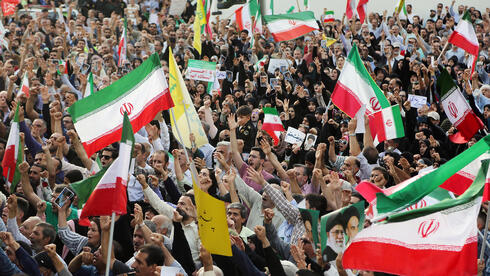
Tehran trembles: Israel-Iran war redraws Middle East power map
After 12 days of conflict, Iran’s military and strategic standing lie in ruins, while Israel reasserts dominance.
The 12-day war between Israel and Iran marks a pivotal shift in the Middle East. While its full consequences have yet to unfold, the bottom line is clear: Iran has been significantly weakened, militarily, strategically, and in terms of its regional image. Conversely, Israel has solidified its status as a key U.S. ally and reaffirmed its reputation as a regional intelligence and technological powerhouse.
Despite public condemnation of Israel's offensive, Gulf states are quietly pleased. Iran’s diminished power reduces threats to their own stability, even as they remain wary of its enduring capabilities. Qatar once again positioned itself as a critical regional mediator and a close partner to Washington, though it also faces new risks from its proximity to Iran, with whom it maintains complex ties.
Energy markets avoided major disruption during the conflict, allowing short-term economic stability. However, the long-term picture could shift dramatically. The blow to Iran and its Shiite proxy network may lower regional risk and open the door to foreign investment, particularly in the Gulf. That said, long-term stability hinges on the Iranian regime’s recovery, the international community’s response, and whether regional diplomacy seizes this opportunity—including with regard to the Gaza conflict.
Iran’s Regime: A Damaged Core
Tehran will attempt to declare victory, but few in the region are likely to believe it. Iran’s standing as a regional power has been seriously undermined by Israeli and U.S. strikes. After two decades of building a proxy network across the region, the recent war exposed how ineffectual that axis truly is when Iran itself is under attack.
American strikes on key nuclear facilities at Fordow, Natanz, and Isfahan have set back Iran’s nuclear program by years, neutralizing one of its main tools of deterrence. Without a credible nuclear threat, Iran’s leverage, both regionally and globally, has eroded.
Israel’s air dominance and real-time intelligence exposed the weaknesses of Iran’s air defenses and military infrastructure. Senior military commanders were killed, missile sites destroyed, and strategic bases crippled. Tehran’s retaliatory missile strike on a U.S. base in Qatar proved ineffective and underscored its weakened hand. Iran’s only tangible success, damaging civilian areas in Israel, also reinforced regional fears.
Related articles:
The so-called “axis of resistance” has largely collapsed. Hezbollah made loud declarations but refrained from military action. Iran-backed militias in Iraq stated they would not retaliate against U.S. targets. The Houthis in Yemen were virtually irrelevant. Internationally, Iran stood isolated, with only symbolic backing from Russia and China.
The question now is whether Iran’s regime can survive. Even before the war, concerns were growing due to Supreme Leader Ali Khamenei’s advanced age and lack of a clear successor, along with mounting economic woes. Post-war, the regime’s prestige has taken a major hit.
If Iran continues resisting international efforts to rein in its nuclear and missile programs, its economy, already battered by sanctions, will suffer further. The IMF forecasts less than 0.5% growth in 2025 and inflation of 43.3%. That said, the regime retains powerful tools of internal repression. The Basij militia declared high alert early in the conflict, signaling readiness for potential domestic unrest. The Iranian regime may be more vulnerable than ever, but not yet on the verge of collapse.
Regional Shifts: Gulf Gains, Turkish Caution
Gulf states, though muted in public, see Iran’s decline as an opening to advance economic reforms and attract investment. A reduced threat environment allows them to focus on long-term development goals. The World Bank projects 3.2% GDP growth in 2025 and 4.5% in 2026 across the Gulf, driven by eased OPEC+ restrictions and non-oil sector momentum.
Qatar emerges as a major diplomatic player once again, having helped broker the ceasefire under U.S. guidance. However, it also found itself in the crosshairs, both due to proximity to Iranian missile launches and as host of vital gas infrastructure, underscoring its dependency on American protection.
Saudi Arabia gained the most without firing a shot. Weakening Iran directly benefits Riyadh by securing maritime trade routes such as the Strait of Hormuz and limiting Iran's regional ambitions.
Turkey, while publicly critical of Israel, may benefit from Iran’s decline by expanding its influence in Iraq. Concerned about potential energy shocks, Ankara will likely increase investment in defense capabilities, especially air defense systems, following Israel’s demonstration of military superiority.
Iran’s weakening may also create momentum in Gaza. Qatar, patron of Hamas’ political leadership in Doha, could use its strengthened position to help mediate a breakthrough. The regional realignment may create new diplomatic openings to de-escalate or even resolve ongoing conflicts involving Hamas.
